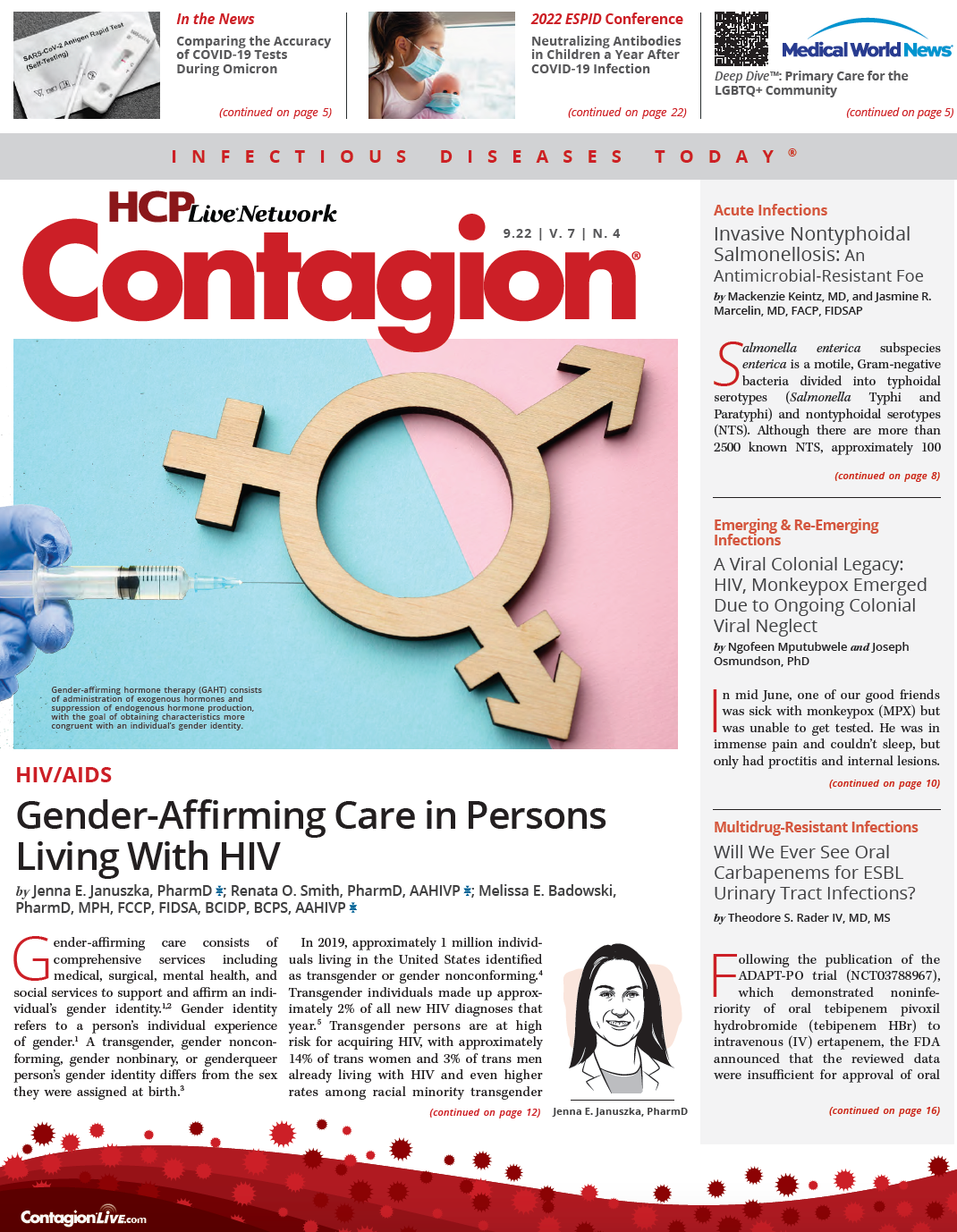Paxlovid Prescribing by Pharmacists: A New Paradigm
The Paxlovid approval reaffirms the importance of pharmacists in fighting COVID-19.
It happened. Months after the Biden administration introduced its “test to treat” program, the US FDA authorized pharmacists to prescribe Paxlovid (nirmatrelvir/ritonavir) for patients with COVID-19 infection.1 This move helps to realize the promise of the test-to-treat program, allowing patients to couple rapid testing with prompt treatment. It is particularly important in areas where access to other health care providers is limited. As with all new programs, this will be a work in progress that will take time to refine, but I think it is a potentially significant step forward. Some might argue that my perspective is obvious, but from that perspective I can say pharmacists are among our country’s most underused health care resources. US pharmacy education transformed in the early 2000s with the requirement that all schools of pharmacy offer the doctor of pharmacy (PharmD) degree as the sole entry-level degree. This accelerated changes in pharmacy curricula that were already in progress, moving programs based in basic sciences to those that emphasize clinical practice. This move has continued with augmented experiential education, increasingly transitioning students from the classroom to the clinic earlier to prepare pharmacists for less dispensing-focused roles. However, the move to the “all PharmD” degree has not been fully successful in advancing the profession. Clinical positions for pharmacists have indeed proliferated and become common, but these are most established within health systems, and many require additional residency training. Although outpatient clinical pharmacist positions have increased, many community pharmacies have not become the centers of advanced practice that were once envisioned.
The COVID-19 pandemic has highlighted the important roles that pharmacists play in US health care. Pharmacists administered large proportions of vaccinations for COVID-19, and as vaccinations have shifted from primary series to boosters, an increasing proportion of COVID-19 vaccines are given by community pharmacists. Pharmacies have been testing sites throughout the pandemic, offering polymerase chain reaction–based tests before rapid antigen tests (RATs) became widely available, and they serve as points of sale, insurance billing partners, and interpreters of RATs now. Because almost 90% of the US population lives within 5 miles of a community pharmacy,2 expanding access to COVID-19 therapeutics by allowing pharmacists to prescribe can help improve health equity in areas without sufficient other health care practitioners.
The move by the FDA comes with appropriate restrictions, however. Pharmacists must have access to laboratory values to assess patients for liver and renal function and a list of the medications that patients are taking, to screen for drug interactions.1 Of course, pharmacists must be state licensed, but because they cannot practice without a license, this is not a true restriction. More important, any patient whose medical history is too complex for pharmacist management should be referred to another health care provider, and patients with decreased oxygenation or labored breathing should be referred to acute care settings. Widespread implementation of pharmacist prescribing for Paxlovid is unlikely, and it should not replace prescribing from primary care providers as the primary route of care for COVID19. For one, pharmacist shortages are occurring throughout the country, and this new role is not coming with increased reimbursement or relief from traditional pharmacist roles, such as dispending and providing vaccination. Pharmacists are already busy. However, Paxlovid prescribing is 1 more tool that I am happy to see the FDA deploy to allow antiviral therapy for COVID-19 to reach more patients. Slowly but consistently, we continue to move forward.
References

